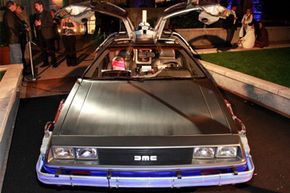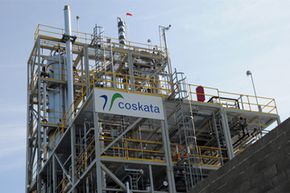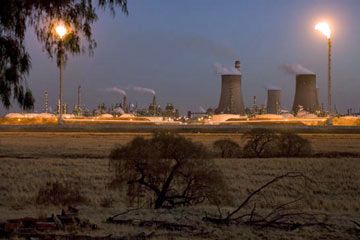In "Back to the Future," Doc tosses banana peels and beer into Mr. Fusion to power his DeLorean time machine. We're not quite at the point of home cold fusion systems -- or time machines, for that matter -- but we're not far from being able to power cars on garbage like banana peels with a fuel that's not so far from beer.
Powering vehicles with garbage sounds as far-fetched as Mr. Fusion, but it's already being done on a small scale. Creating liquid fuel from solid garbage involves a process called gasification, where heat -- not flame -- transforms carbon-based solids into synthetic gas, which can then be distilled into ethanol, an alcohol that's already added to the gasoline supply in many states, and used in cars already on the road.
Advertisement
Synthetic gas, or syngas for short, can be created from a variety of feedstocks, or source materials, including:
- Fossil fuels, such as coal, oil and natural gas
- Asphalt
- Sewage
- Plastics
- Biomass, such as wood or agricultural waste
- Municipal solid waste, aka garbage
The idea of creating liquid fuel out of solid biomass has been around for a long time. The gasification process was discovered in Belgium in 1609, using wood and coal. Syngas was also known as "town gas," and it was used in streetlamps that had to be manually lit by a lamplighter. During the fuel shortages of World War II, European vehicles were fitted to use syngas made from wood chips, and Apartheid-era South Africa used the same technology when it was under worldwide sanctions.
In other words, this stuff has been around for a very long time. Next, let's take a look at how modern garbage-based syngas is made and turned into ethanol that can be used without any modification to your car.
Advertisement




